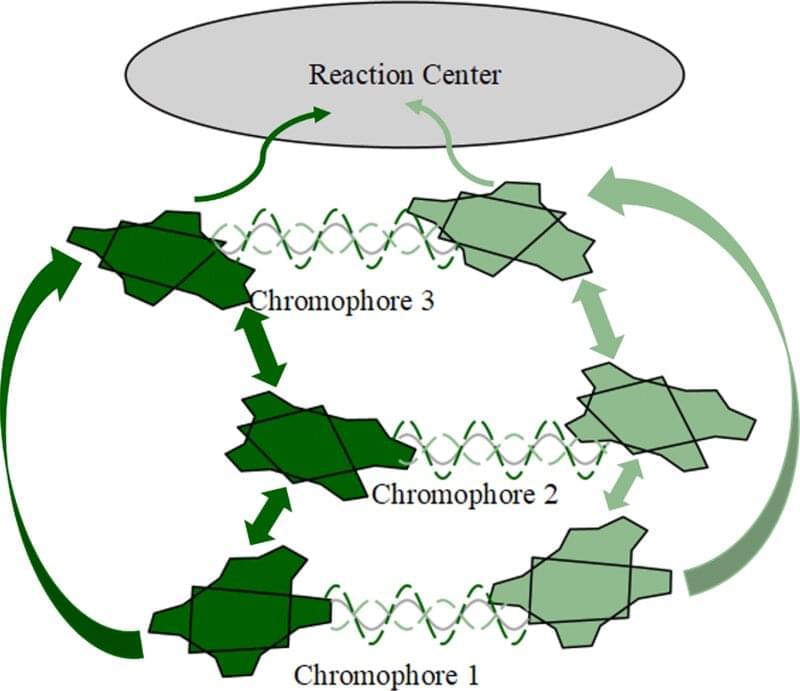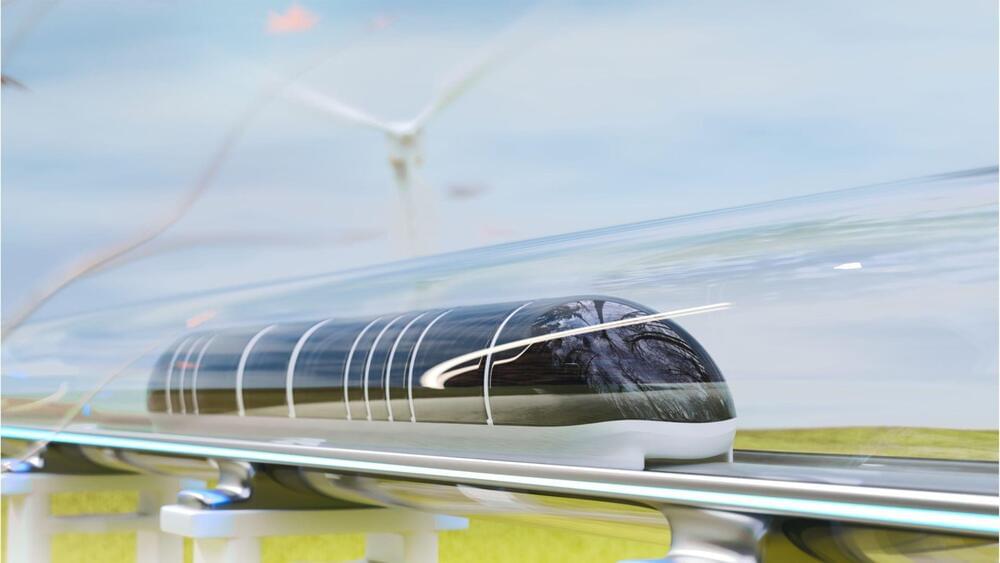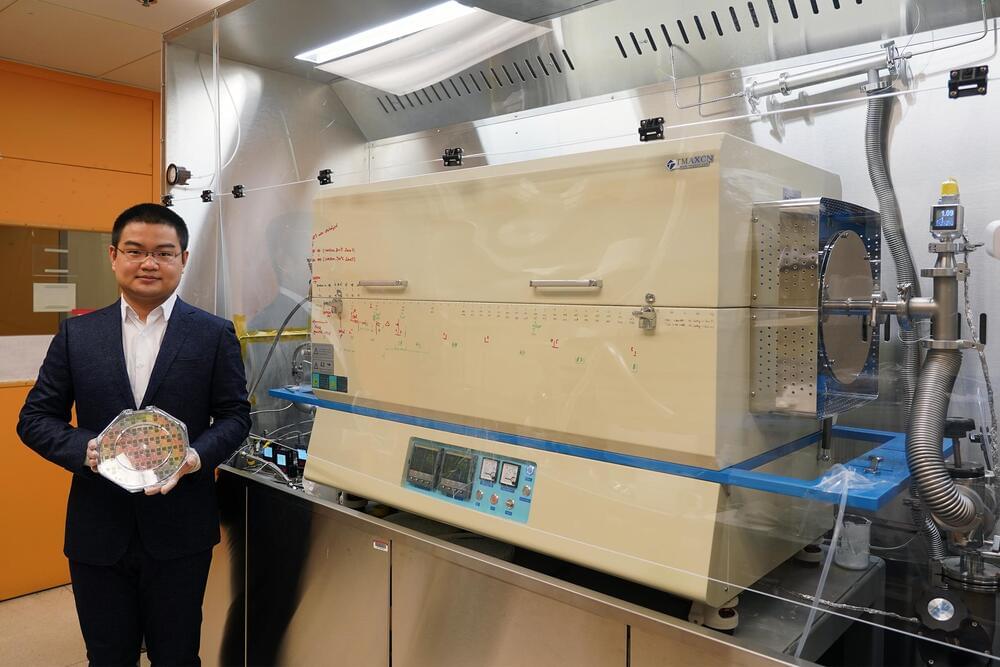Inside a lab, scientists marvel at a strange state that forms when they cool down atoms to nearly absolute zero. Outside their window, trees gather sunlight and turn them into new leaves. The two seem unrelated—but a new study from the University of Chicago suggests that these processes aren’t so different as they might appear on the surface.
The study, published in PRX Energy on April 28, found links at the atomic level between photosynthesis and exciton condensates—a strange state of physics that allows energy to flow frictionlessly through a material. The finding is scientifically intriguing and may suggest new ways to think about designing electronics, the authors said.
“As far as we know, these areas have never been connected before, so we found this very compelling and exciting,” said study co-author Prof. David Mazziotti.








